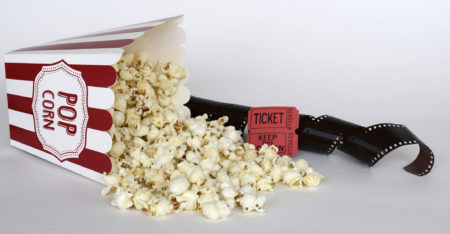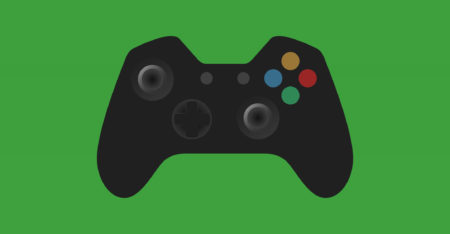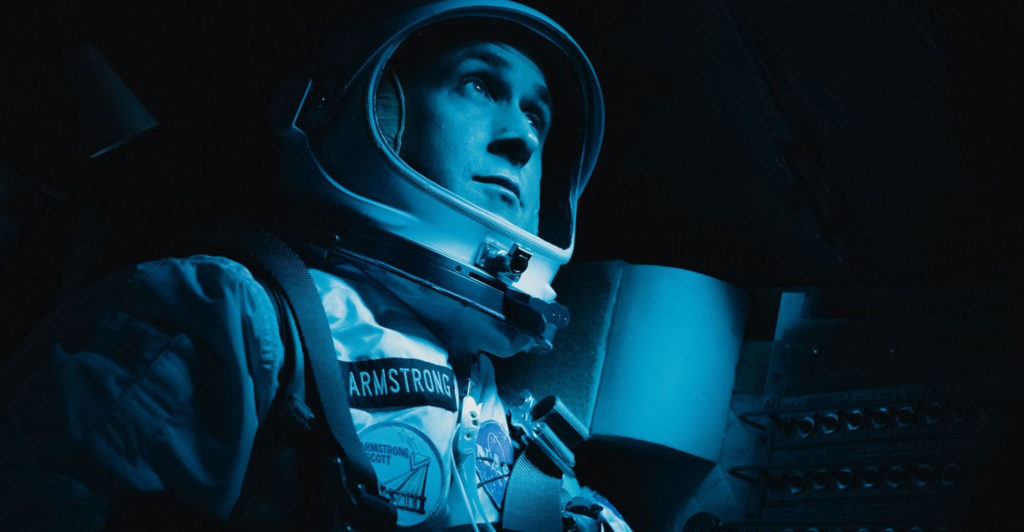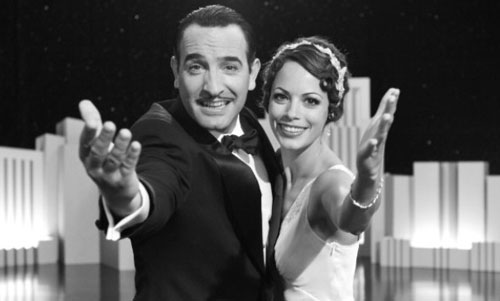
Near the beginning of the 1950s, when Singin’ in the Rain and Sunset Boulevard reflected on the transition from silent films to talkies, Hollywood was giving voice to its terror of television as much as it was lamenting the loss of the past.
The Artist and other big Oscar winners this year echo the themes of wrenching technology change and nostalgic longing. There is a yearning in these films for a time when cinema seemed to matter more than it does now and a fear in their subtext that the incandescent magic of the movies has evaporated.
It’s no longer television that frightens Hollywood, but the Internet, video games and the awkwardness of its transition to 3D. Little wonder that Tinsel Town has retreated into a mythical past where a time-travelling Owen Wilson trades bon mots with Picasso, Dali and Fitzgerald in Woody Allen’s best original screenplay winner Midnight in Paris.
Martin Scorsese, meanwhile, plays tribute to cinematic forebears such as Georges Méliès and the Lumière Brothers in Hugo, which won a clutch of technical Oscars. It’s not only in the young movie fan Hugo that Scorsese sees himself, but also in Méliès, the cinematic pioneer forgotten (and then redeemed) by his audience and peers.
“We didn’t need dialogue. We had faces,” says the conceited fictional silent movie star Norma Desmond in Billy Wilder’s grotesque noir Sunset Boulevard. Her words permeate The Artist as it distils the essence of the early years of the cinema.
The dazzling teeth and pencil-line moustache of leading man Jean Dujardin and the arch wink and wide, shimmering eyes of co-star Bérénice Bejo transport us back to a time when film was purely visual. The Artist does not just pay tribute to silent film. It slips on its top hat and tails, grabs its cane, and makes it dance its pantomime again.
The Artist is about the declining fortunes of adored silent movie idol George Valentin (Dujardin) and the rise to stardom of Peppy Miller (Bejo) as talkies come into fashion. His name brings to mind the screen lover Rudolph Valentino, but Valentin’s career trajectory is closer to that of the tragic John Gilbert.
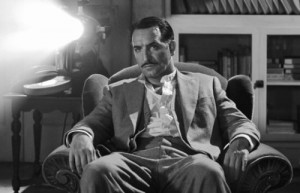
Filmed in the 1.33:1 aspect ratio and featuring intertitles with snippets of dialogue, The Artist carefully reproduces the look of the silent-era melodramas. The cinematography carefully emulates the lighting and camera movement in 1920s movies. The film is even shot at 22 frames per second rather than the usual 24 to give it that slightly sped-up feel. It is mostly silent apart from a score that mimics the music the orchestra might have played in an old-time cinema.
Michel Hazanavicius, the French director responsible for The Artist, treats his subject with fondness and sentimentality. Wilder, who Hazanavicius thanked three times in his best picture acceptance speech, whipped up a maelstrom of madness and pity in his look at a forgotten starlet. Hazanavicius uses the despair, neglect and alcohol abuse that destroyed silent-era actors as little more than a vehicle for comedy.
Dujardin, who won the best actor Oscar, has the matinee idol looks and the aptitude for physical comedy to be a credible silent movie star. Bejo is equally striking as the star-struck fan who becomes a superstar herself. But the co-star that steals the show is Valentin’s sidekick, an impossibly cute and plucky Jack Russell named Uggie.
Not everything about The Artist rings true. Its controversial use of music lifted from Hitchcock’s Vertigo and the references to Citizen Kane and Sunset Boulevard are jarring because they pull you out of the dream it is trying to weave. There’s a lull in the last act of the film, though it pulls back for a strong finish.
The Artist trailer (via YouTube):
http://www.youtube.com/watch?v=OK7pfLlsUQM
Despite its boundless charm, The Artist is feather-light and a little inconsequential. Still, it’s not hard to see what Academy voters found in it when they gave it the best picture and best director Oscars. The Artist may not be the best film of the year, but it is the most likeable and comforting. You walk out of the film with a spring in your step and a grin on your face.
The Artist, like Hugo and Midnight in Paris, dances into its credits with past and present neatly reconciled and the future stretched out as invitingly as a red carpet. Hollywood, desiring wish fulfilment as much as its audience, has wrapped its arms around its seductive illusion. Even now, it is holding on tight and wishing the world away. — Lance Harris, TechCentral
- The Artist opens in SA on 16 March
- Subscribe to our free daily newsletter
- Follow us on Twitter or on Google+ or on Facebook
- Visit our sister website, SportsCentral (still in beta)


